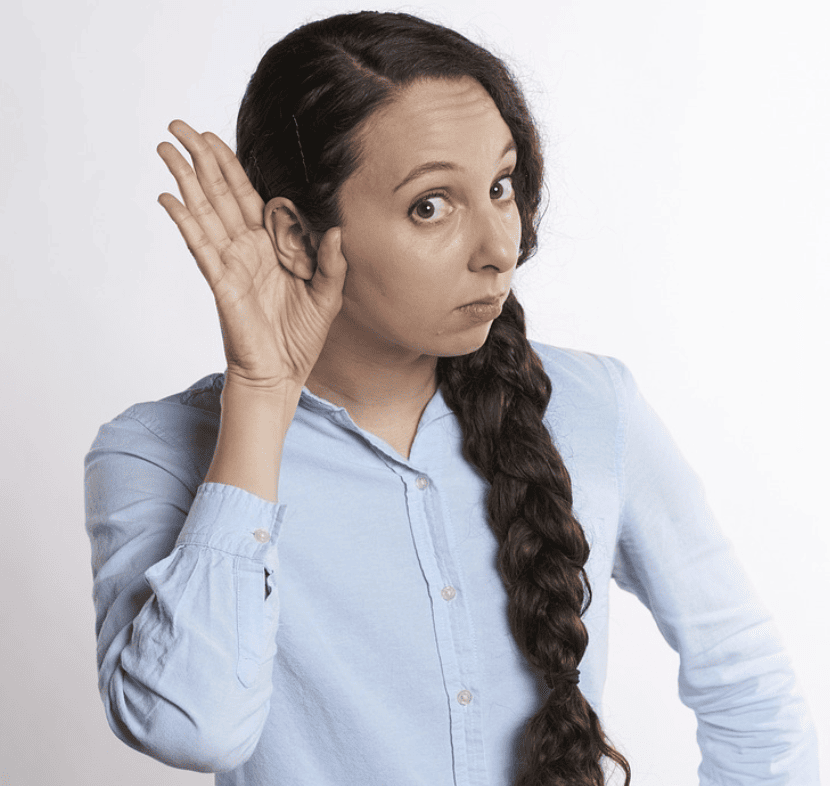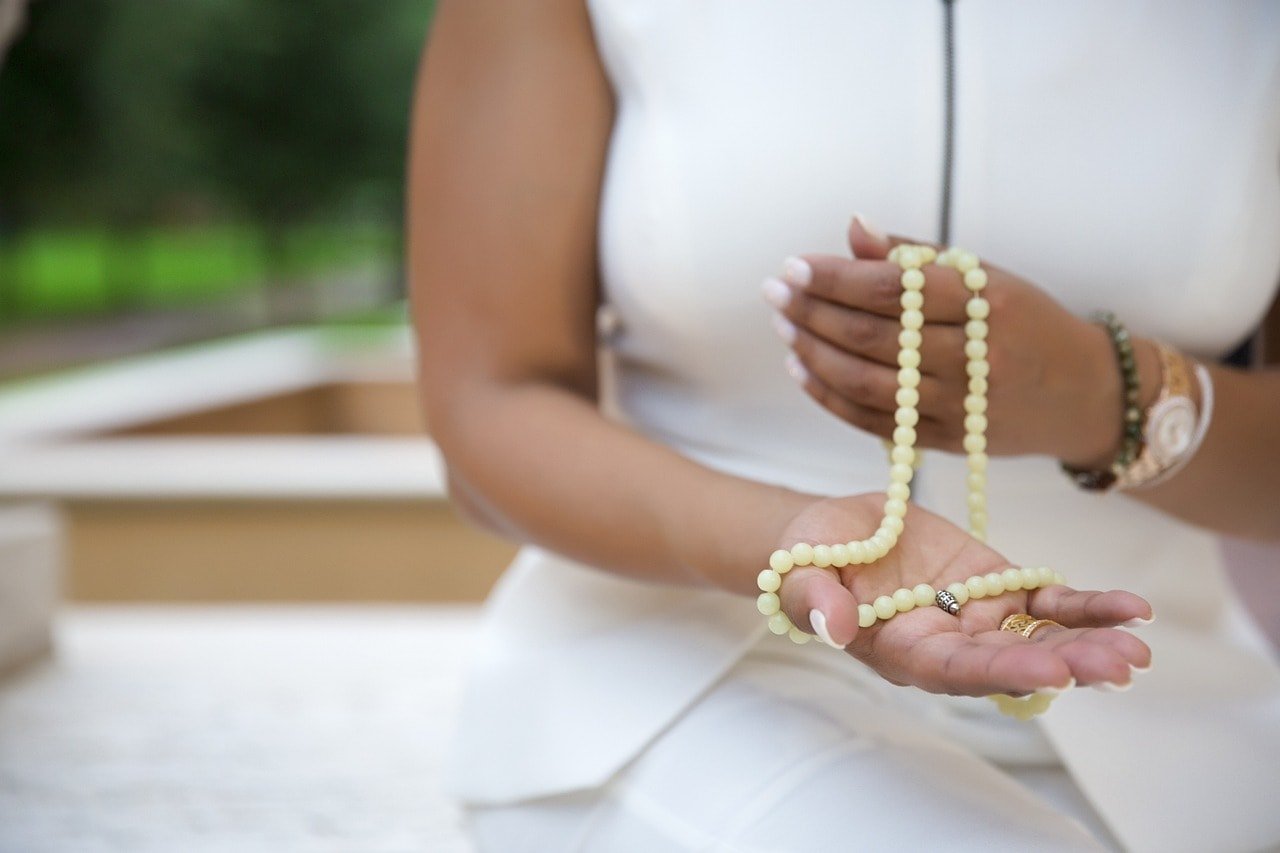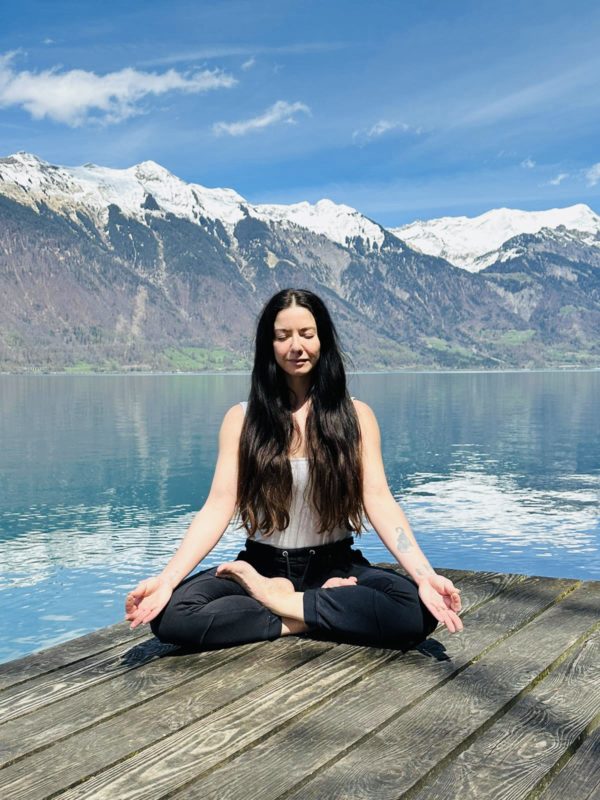[vc_row][vc_column][vc_column_text]
Why and how to bring Yoga to kids as young as 2 years old.
Most people are aware that yoga is one of the fastest growing industries of the decade, and that more schools and parents are introducing it younger and younger. The many benefits of yoga for adults has been well documented, and the clinical studies on the benefits for children are increasing monthly. You can find endless reports online on the benefits of yoga for children. But WHY is it actually important yoga should start as young as 2 years old?

WHAT?
So if you’ve been living under a rock or another planet, here’s a simple explanation of yoga that you can use with children:
The word ‘yoga’ means ‘to yoke’ (join/unite) in Sanskrit, and refers to the uniting of the body, mind and spirit. The word ‘spirit’ come from the Greek word ‘spirare’ which means ‘to breathe’.
So Yoga connects the body and the mind into balance, through the breath.
Our breath being the most important food that we take into our bodies to make every cell and organ work healthily. Traditionally in India, where yoga originated around 5000 years ago, the physical exercises were designed so they could sit for meditation for hours. Meditation being the ultimate goal of yoga, like prayer, is time connecting with your god, or time creating a stronger connection with yourself. Nowadays we don’t have the time or luxury to sit in meditation for hours, but we do have to sit for hours and years at school desks! Since industrialization, machines make our life much more sedentary, and desks eventually become car seats, sofas, and office chairs. Yoga not only helps our bodies stay healthier for sitting, standing and moving, but it connects with a healthy mind that is calmer and more focused. Yoga classes for children still follow the objectives of correct posture, deep breathing, stretching, toning and relaxing, but in a much more fun, creative and unstructured method. It develops flexibility, balance and strength, physically and mentally.
WHY?
Below is a simplified list of the benefits of yoga for children. But what do these benefits really mean as applied yoga for later life?
- Lowers stress in children
- Increases energy, stamina, strength & flexibility
- More calmness of mind, ability to relax, concentration & focus
- Better body intelligence, sleep, mood & resilience
- Better posture, bone alignment, core strength & joint mobility
- Positive effect on brain and neuromuscular development
- Increased sense of empowerment, confidence, self-awareness and self-esteem
Unlike other sports for kids, yoga is a holistic activity, meaning it takes the whole person into consideration, not only physically, but also on a mental, social and emotional level. The younger a child starts yoga, the longer they’ll have a personal tool box of positive practices for the rest of their life. Yoga can still be beneficial to someone starting it for the first time at 80 years old. However the younger you can start to be empowered by a positive and healthy understanding of yourself, the better!

Kids yoga classes work through all the main asana (poses) groups eg. balancing, twists, backbends, forward bends, strengthening, stretching etc, so that they get a top-to-toe workout of all the major muscle groups. It is a fully balanced system of keeping the body healthy and not over working one side, or one area of the body more or less. This also ensures that the major body systems i.e. respiratory, cardiovascular, digestive, endocrine and nervous, are all being adequately stimulated and get stronger. A healthy hormone system also means a better balance of stress and growth hormones. And this is where we come back to the fundamental importance of the breath, and breathing correctly, from an early age.
If the body is not receiving the amount of oxygen it desires, for every cell, organ and body system to work at their optimum capacity, it won’t be as healthy as it can be.

Yoga also increases children’s physical motor skills, using balance, hand-eye coordination and controlling larger and finer body movements. It also promotes neuromuscular development, cognitive and cerebral functioning, developing concentration and increasing focus. This also leads to benefits academically and of social integration. When kids are more conscious of their own body, mind and breath, and how to control them, they create a stronger bond with themselves and in turn with others. Yoga increases their self-awareness, esteem, resilience and confidence. It is an integrated practice of self discovery, encouraging physical and mental empowerment. Instead of reaction, they learn reflection, along with principles of honesty, non-violence and peace.

Breathing with awareness, concentrating, correcting your posture, stretching, being good to yourself and to others, are all parts of ‘doing yoga’ every day.

If you are interested in bringing the benefits of yoga and mindfulness to children and would like to learn more about the Indiv Yoga Switzerland RCYT 95hrs Kids Yoga course, please click here.
xx
p.s. Thank you to all my mini models that have appeared in this article from the last 10 years of teaching yoga to children and special needs. You won’t believe how incredibly grown up they are now! 🙂
[/vc_column_text][/vc_column][/vc_row]









